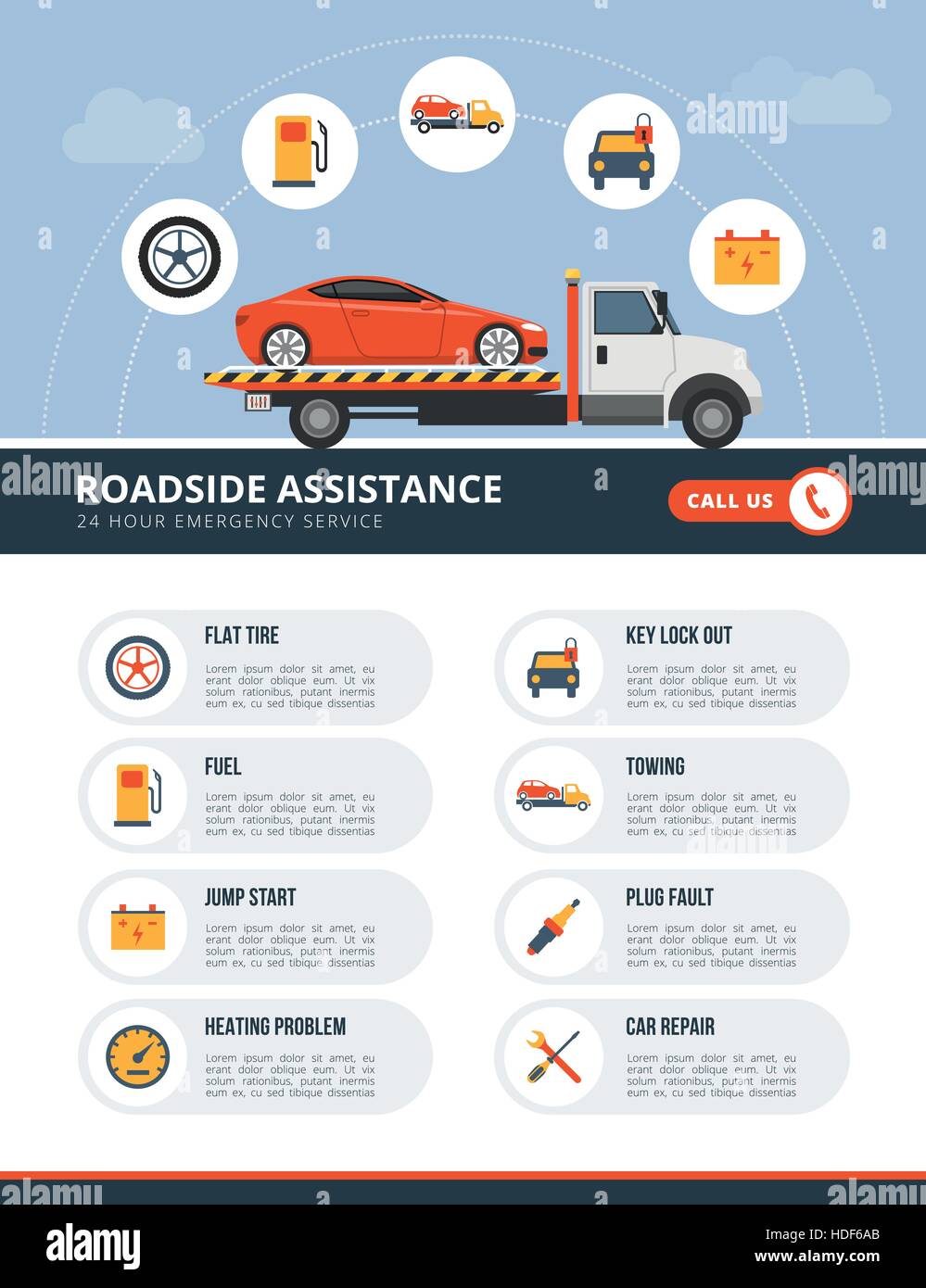Interpreting Your Automobile'S Alert Lights: Their True Implications
Interpreting Your Automobile'S Alert Lights: Their True Implications
Blog Article
Article Created By-Higgins Forbes
When you lag the wheel, those beautiful caution lights on your dashboard can be a bit difficult. Do https://codynidxr.atualblog.com/38285860/mobile-vehicle-explaining-ease-satisfies-high-quality-for-your-vehicle understand what they're attempting to inform you regarding your auto's health? Comprehending the value of these lights is vital for your security and the durability of your car. So, the next time among those lights pops up, would not you want to decipher its message accurately and take the essential actions to resolve it?
Common Warning Lighting and Interpretations
Recognize typical caution lights in your automobile and understand their definitions to make certain secure driving.
https://www.khou.com/article/money/cars/car-parts-shortage/285-ec3ea718-2163-4968-901a-4517535edf89 of the most typical warning lights consist of the check engine light, which signals concerns with the engine or exhausts system. If this light comes on, it's crucial to have your car examined without delay.
The oil stress advising light indicates reduced oil pressure, calling for instant interest to stop engine damage.
A flashing battery light may suggest a defective billing system, possibly leaving you stranded otherwise attended to.
The tire pressure monitoring system (TPMS) light signals you to reduced tire pressure, affecting automobile stability and gas performance. Ignoring this could lead to hazardous driving problems.
The ABS light indicates a trouble with the anti-lock braking system, endangering your ability to quit quickly in emergencies.
Last but not least, the coolant temperature level advising light warns of engine getting too hot, which can result in serious damage if not resolved promptly.
Understanding these usual warning lights will help you attend to issues quickly and maintain secure driving conditions.
Value of Prompt Interest
Comprehending the typical warning lights in your auto is just the very first step; the value of promptly attending to these cautions can't be highlighted enough to guarantee your safety and security when driving.
When a caution light brightens on your control panel, it's your vehicle's means of communicating a prospective problem that requires focus. Overlooking these cautions can bring about a lot more serious problems down the road, endangering your security and potentially costing you a lot more out of commission.
Motivate attention to advising lights can avoid malfunctions and mishaps. For example, a flashing check engine light could indicate a misfire that, if left ignored, might trigger damage to the catalytic converter. Addressing this quickly can conserve you from a costly repair.
Similarly, a brake system advising light could signal low brake liquid or used brake pads, important parts for your safety and security when driving.
DIY Troubleshooting Tips
If you notice a caution light on your control panel, there are a few DIY fixing pointers you can attempt before seeking expert assistance.
The first step is to consult your car's handbook to recognize what the certain warning light indicates. In some cases the concern can be as basic as a loosened gas cap causing the check engine light. Tightening up https://knoxmhbvo.answerblogs.com/32295561/how-to-select-the-right-automobile-describing-service-for-your-needs might resolve the trouble.
Another typical concern is a low battery, which can set off different warning lights. Checking the battery links for corrosion and ensuring they're protected could repair the issue.
If a caution light lingers, you can attempt resetting it by detaching the cars and truck's battery for a few minutes and after that reconnecting it. In addition, checking your car's fluid degrees, such as oil, coolant, and brake liquid, can help fix advising lights related to these systems.
Verdict
Finally, understanding your automobile's caution lights is vital for keeping your automobile running smoothly and securely. By quickly addressing these signals and understanding what they mean, you can avoid expensive fixings and possible malfunctions.
Keep in mind to consult your car's handbook for certain information on each advising light and act appropriately to make certain a hassle-free driving experience.
Remain educated, remain risk-free on the road!
